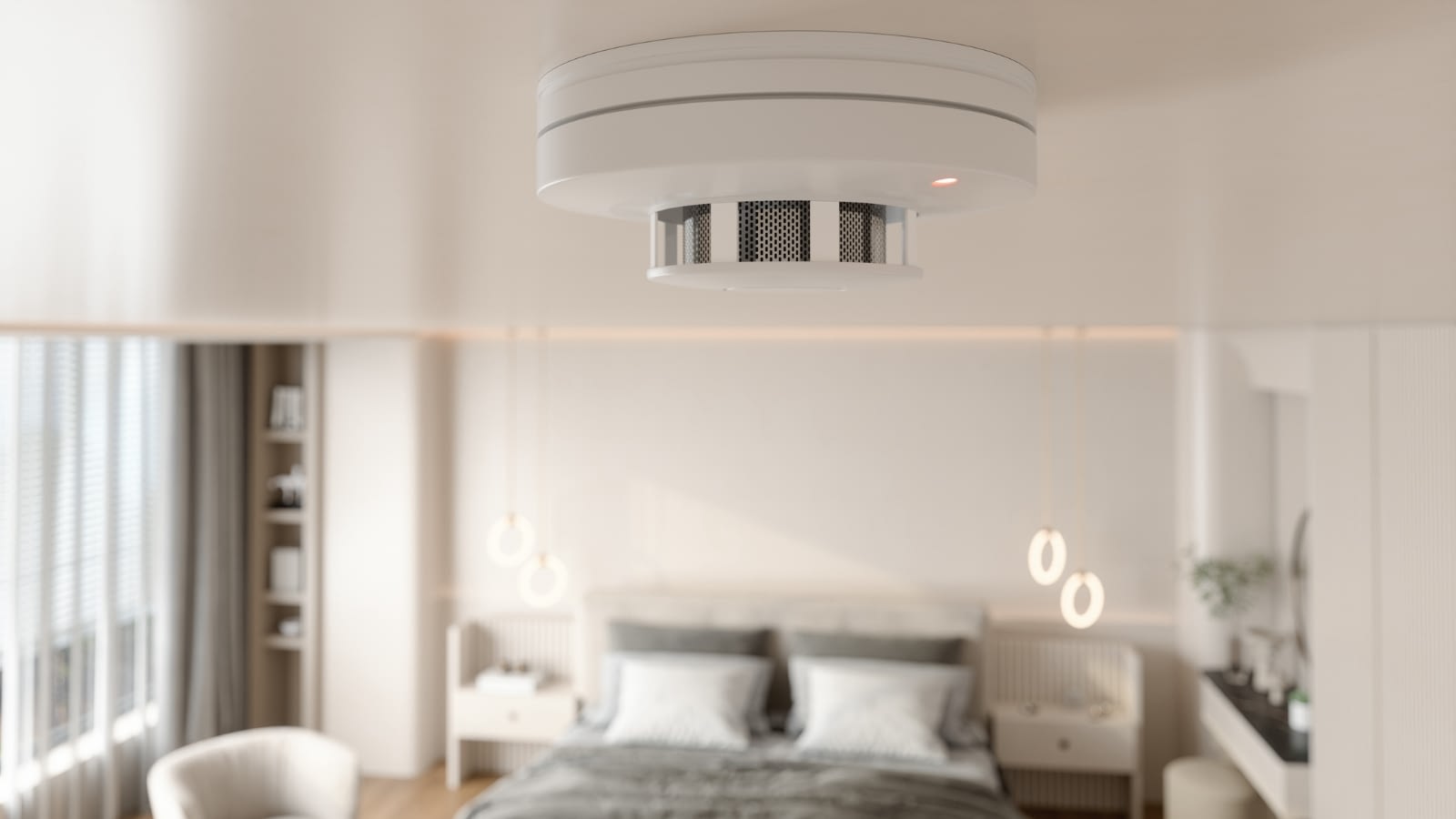
Carbon monoxide (CO) is a colorless, odorless, and tasteless gas produced when any carbon-based substance is burned to create heat or energy. If inhaled in small quantities, carbon monoxide causes dizziness, weakness, headaches, vomiting, and chest pain. When inhaled in more significant amounts, the gas is fatal for children and adults. If a person is asleep or intoxicated when they begin to breathe carbon monoxide, they may not experience any symptoms before they die.
November has been called “Carbon Monoxide Awareness Month,” as November is typically the onset of colder weather when people are more likely to misuse fuel-burning appliances to create warmth—inadvertently poisoning themselves or their loved ones. Every year, 100,000 Americans visit the emergency room for carbon monoxide poisoning, and more than 400 die, as reported by the CDC. Understanding how to protect your home from carbon monoxide poisoning is essential to staying well during the winter and year-round.
1. Install Carbon Monoxide Alarms
The only way poisonous carbon monoxide gas can be detected is with a carbon monoxide alarm, as the gas is odorless. Alarms should be installed on all floors and placed within 15 feet of bedrooms and sleeping areas. Test the alarms to ensure they are loud enough to wake you if you are sleeping. Be sure to check the alarms’ batteries regularly. A good rule is to check the batteries in these units when you change the clocks. Test the devices to ensure they are functional each month.
2. Avoid Using Fuel-Burning Devices Incorrectly
Any device or machine that burns gas, wood, oil, or charcoal can produce carbon monoxide. Some examples include furnaces, gas stoves, generators, fireplaces, water heaters, and automobiles. You can put your life and the lives of your loved ones at risk by misusing fuel-burning units or failing to ensure the exhaust is directed out of and away from the home. Here are some common points to watch for:
- Stoves should never be used as space heaters.
- Gas generators must always be located outside of the house.
- Chimneys must be clear and unobstructed before starting a fire.
- Generally, exercise caution and read directions when dealing with fuel-burning devices to avoid CO poisoning.
- Coal must never be burned inside a home.
3. Maintain Existing Gas or Fuel Burning Appliances
Most homes today have appliances that burn fuel. Be sure that your existing gas-burning devices are maintained, with no leaks or broken pieces, and that they are correctly ventilated. Hire a professional to check for damage or blockages regularly so your appliances are safe and operating as they should.
4. Ensure Proper Ventilation in Your Home
In addition to ensuring each gas-burning appliance has a correctly fitted exhaust pipe, review your home’s ventilation to ensure it cannot become a carbon monoxide trap. For safety and general health, verify that fresh air can get in and out of your home as it should.
5. Develop an Emergency Escape Plan
Once a CO alarm goes off, it is imperative to leave the house immediately and call 911 for help. The longer any person in the household breathes the gas, the more likely they will experience severe or even fatal consequences. If the CO detector goes off, create an emergency escape plan for your family or group to meet at a set location, like a tree or mailbox. From here, you can contact the authorities. You can return home after the carbon monoxide leak is resolved and your home is safe—not before.
Stay Safe with Peace of Mind
By installing alarms, avoiding heating unit misuse, maintaining the home, and establishing an emergency escape plan, you can help keep your family safe from carbon monoxide poisoning. One more thing that will give you peace of mind is good personal insurance coverage. Talk to one of our helpful local agents today about an appropriate plan that covers medical bills, lost income, and property damage associated with carbon monoxide.
Filed Under: Personal Insurance | Tagged With: Homeowners Insurance
